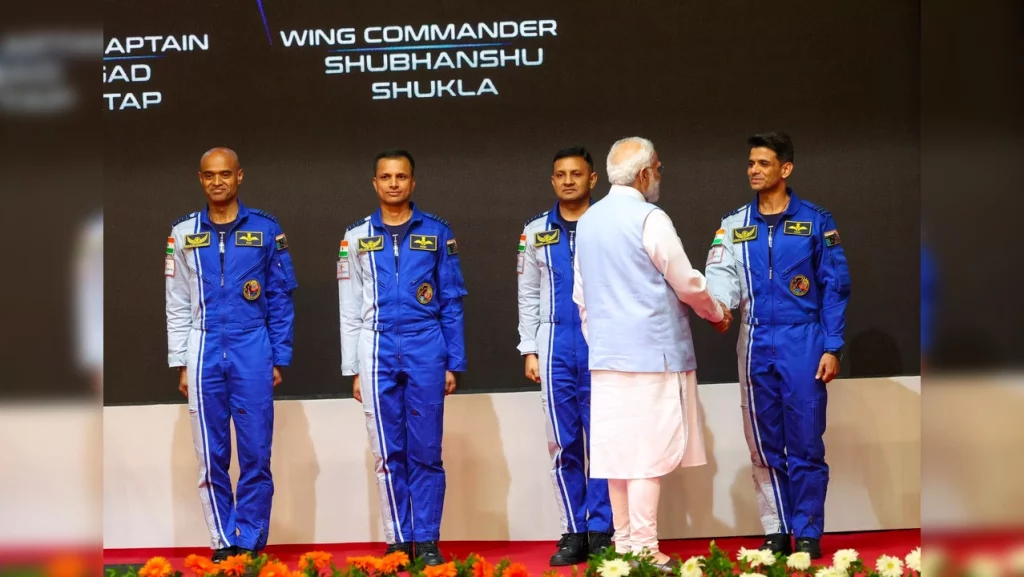In a world obsessed with celebrity astronauts and social-media-fuelled space billionaires, India has a peculiar way of sending its best into the stars—quietly, efficiently, and often, without fanfare. Group Captain Shubhanshu Shukla is one such example. As he prepares to soar aboard the Axiom Mission 4 to the International Space Station (ISS)—becoming the first Indian astronaut to do so, and only the second Indian to fly into space since Rakesh Sharma’s historic 1984 mission—it’s hard not to feel a surge of pride, tinged with a hint of frustration. Pride in his stellar journey, frustration at our own institutional hesitancy to fully embrace the bold possibilities of human spaceflight. Born in Lucknow in 1975, trained as a fighter pilot since 2006, and one of the four astronauts selected for ISRO’s upcoming Gaganyaan mission, Shukla is the embodiment of excellence forged in silence. His journey from the cockpit of Su-30 MKIs to the zero-gravity laboratories of low Earth orbit is not just the tale of personal grit—it is a symbol of India’s space ambitions peeking through bureaucratic curtains and budgetary caution. That India had to rely on a private American company—Axiom Space—to send its first astronaut to the ISS is both a testament to international collaboration and a quiet reminder that our domestic program still hesitates to take the big leap. The Ax-4 mission, with a crew representing the United States, India, Poland, and Hungary, is a beacon of 21st-century space diplomacy. But India’s presence in this elite club comes not through ISRO’s own launch pads, but via the commercial corridors of NASA and SpaceX.

This isn’t to downplay the symbolism or the significance. Shukla’s participation in the Ax-4 mission is deeply meaningful. It tells the world that India’s astronauts can fly with the best, train with NASA, and perform in multinational missions. It sends a message to Indian youth that the stars are not just for others. But it also begs the question—why is it taking so long for Gaganyaan to take off? Prime Minister Modi, in unveiling the Gaganyaan crew in February, rightly placed space exploration at the heart of India’s aspirations. Yet, while ISRO dazzles with its cost-effective lunar and Martian triumphs, it still tiptoes when it comes to human spaceflight. Gaganyaan, originally promised by 2022, now looks closer to 2026. For a country with the technological chops to land near the lunar south pole before anyone else, this delay is less about capability and more about commitment. And commitment matters. Space is no longer just a scientific frontier; it is a geopolitical stage. China already operates its own space station. The US and Europe are preparing for lunar colonization. Private players are turning zero gravity into real estate. If India does not stake its flag—both physically and diplomatically—it risks being relegated to the sidelines in the emerging space order. In that sense, Shubhanshu Shukla’s mission is more than just a ride to the ISS. It is a symbolic insertion of India into the modern space age—not just as a vendor of cheap launches or smart scientists, but as a nation of astronauts, explorers, and visionaries. He calls it “something much larger than yourself.” He’s right. But let us not stop here. Let this mission ignite—not just rockets, but a renewed national vision. One that sees Indian astronauts boarding Indian spacecraft, not once every 40 years, but every few months. One that treats space not as an experiment, but as destiny. For now, we salute Group Captain Shukla—a quiet giant, preparing to ride a fiery trail into history.




